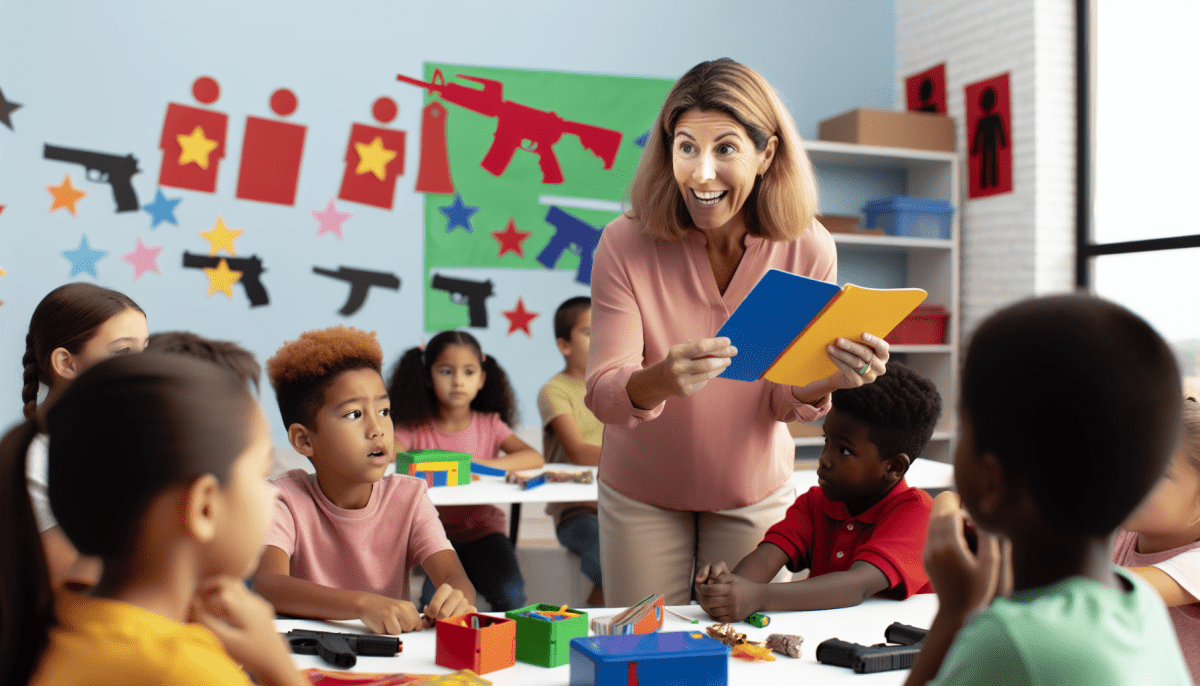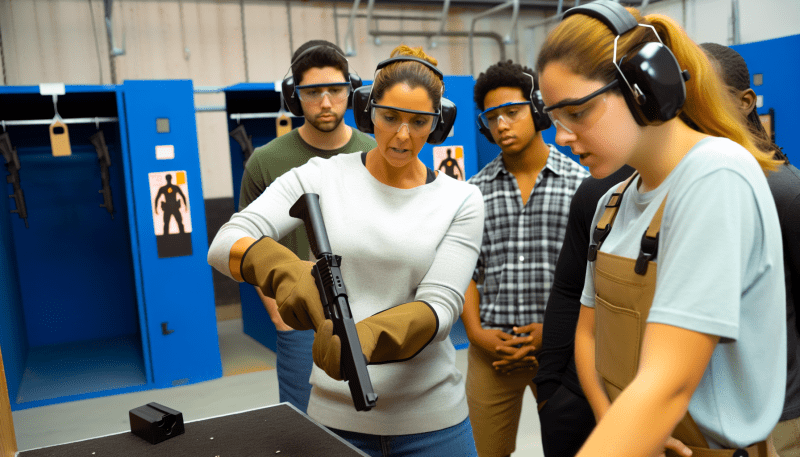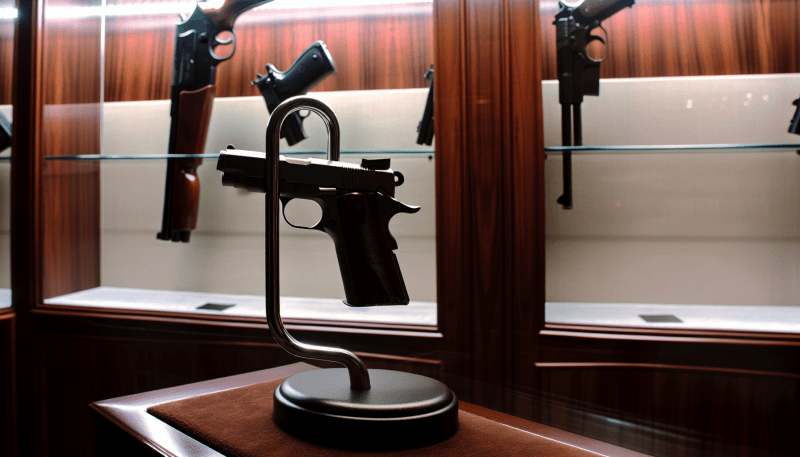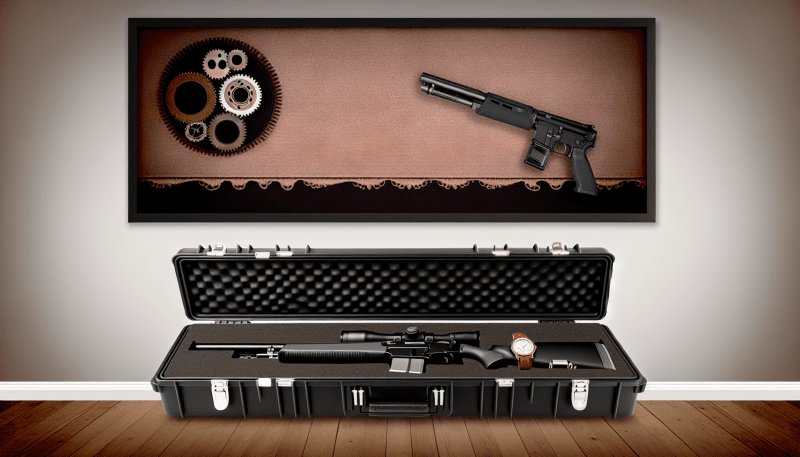Gun safety is an important topic that all kids should learn about, especially if they live in homes where guns are present. Knowing the basics of gun safety helps kids understand the dangers and teaches them how to respond in different situations. The first step in understanding gun safety is recognizing that guns are not toys. They can be very dangerous if not handled properly.
One of the key rules of gun safety kids should remember is to always treat a gun as if it were loaded. This means they should never point a gun at anyone, even if they think it is unloaded. Kids should also be taught to keep their fingers off the trigger until they are ready to shoot. This helps prevent accidental discharges that can lead to serious injuries.
Another important aspect of gun safety is knowing what to do if they encounter a gun. If a child sees a gun at a friend’s house or anywhere else, they should never touch it. Instead, they should tell an adult immediately. It's crucial for kids to understand that speaking up can help prevent accidents and keep everyone safe.
Lastly, it's beneficial for kids to learn about the concept of "gun safety zones." This means understanding safe places where firearms are stored and handled properly. When kids know these zones, they can help ensure that guns remain out of view and reach from young children. By having open conversations about gun safety, kids can grow up respecting firearms and understanding their responsibilities surrounding them.
Key Rules Every Child Should Know
First and foremost, children should learn that they should never touch a gun. If they find a gun, they should leave it alone and tell a trusted adult immediately. This rule is vital because curiosity can lead to dangerous situations, and it’s essential that kids understand the seriousness of handling firearms.
Another important rule is that gun safety means knowing that guns aren't toys. Children need to comprehend that guns can hurt people, and they should never point a gun, even if it seems like a game. Teaching kids to respect guns can help them avoid risky behavior and understand the potential consequences of mishandling a firearm.
Finally, kids should be taught the importance of communication. They should feel comfortable discussing their feelings about guns and asking questions. If they are ever unsure about something they've seen or heard, they should talk to an adult they trust. Open conversations about gun safety can make children feel more secure and informed.
Safe Storage Practices for Firearms
When it comes to gun safety, proper storage is one of the most crucial aspects to protect both kids and adults. Firearms should always be stored securely to prevent unauthorized access or accidents. By following safe storage practices, you can significantly reduce the risks associated with firearms in the home.
First and foremost, always use a gun safe or a locked cabinet to store firearms. A quality gun safe not only keeps firearms out of reach of children but also provides protection from theft and unauthorized use. Make sure the safe is located in a place that’s not easily accessible to kids, and remember to keep it locked at all times. If you don’t have a gun safe, consider using a trigger lock as an additional layer of security.
In addition to locking up firearms, ammunition should also be stored separately and secured. Kids are naturally curious, and they might not understand the dangers associated with firearms and ammunition. By keeping bullets stored in a different locked location, you can instill a greater level of safety. Educate your children that guns and ammunition are not toys and should never be handled without adult supervision.
It’s important to regularly review your storage practices as your children grow. As they age and become more inquisitive, engage them in conversations about gun safety and ensure that they understand the significance of safe storage. Consider demonstrating how and why you secure firearms in controlled environments, promoting awareness of this critical responsibility.
How to Respond in Emergencies
In case of emergencies involving firearms, it is crucial for kids to know how to respond effectively. The first step is to stay calm. Panic can make a situation worse, so taking a deep breath and assessing the environment is vital. If children encounter a firearm that they did not expect to see, they should remember to leave it alone. It’s important to treat every gun as if it is loaded, and this means not touching it, playing with it, or trying to inspect it.
Once they have distanced themselves from the firearm, kids should immediately seek help from a trusted adult. This could be a parent, teacher, or any responsible adult nearby. It’s essential that they communicate clearly about what they have seen or experienced. This helps the adult understand the situation and take the necessary actions to ensure everyone’s safety. Kids should never try to handle the situation on their own, as this can lead to unintended accidents.
Teaching children about gun safety also includes discussing appropriate actions in various scenarios. For instance, if they see a friend or someone else mishandling a gun, they should know to tell a responsible adult right away. Role-playing these situations can help make the rules of gun safety stick in their minds. It’s not just about knowing to stay away from guns, but also understanding how to react responsibly if they come across one.
Finally, reinforcing the importance of open communication about gun safety is key. Encourage kids to ask questions and express their concerns about firearms. This will empower them to make safe choices if they ever find themselves in an unexpected situation. Knowing how to respond in emergencies can make a real difference, ensuring that they stay safe while understanding the gravity of gun safety.



